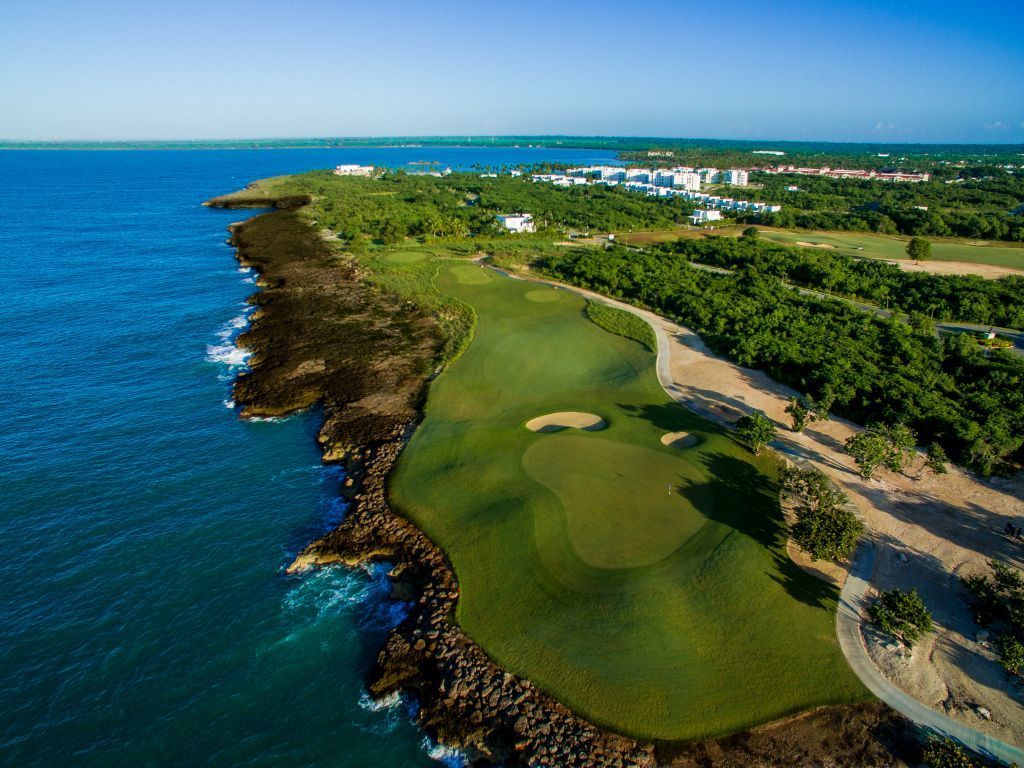All Nippon Airways (ANA) and Panasonic Corporation announced that they will work together to test the latest generation of personal mobility, self-driving electric wheelchairs, as part of a far-reaching plan to increase mobility and accessibility options at Tokyo Narita International Airport.
Incorporating robotic elements, these wheelchairs will be capable to safely navigate through the airport independently, making them an ideal mobility solution for passengers connecting flights.
Since Narita Airport is an international hub, many travelers must walk a long distance to reach their connecting flights. The airport’s size and high volume of activity can make this inconvenient, and this difficulty is only compounded for elderly travelers with mobility issues. In order to meet these demands and keep Narita Airport operating at the highest level, ANA and Panasonic are teaming to run trials on new electric wheelchairs which boast tracking capabilities that allow them to navigate the bustling airport.
“Narita Airport is a gateway to Japan for millions of travelers every year and we seek to partner with other leading Japanese innovators to make sure that arrival, departure and making connections are all as convenient as possible,” said Juichi Hirasawa, Senior Vice President of ANA. “ANA’s partnership with Panasonic will make Narita Airport more welcoming and accessible, both of which are crucial to maintaining the airport’s status as a hub for international travel in the years to come. The robotic wheelchairs are just the latest element in ANA’s multi-faceted approach to improving hospitality in the air and on the ground.”
The self-driving electric wheelchair jointly developed by Panasonic and WHILL Co., Ltd., is capable of independently detecting and avoid people and obstacles on the way to their destinations. The wheelchairs function by following a predetermined leader to a common destination, and ANA staff will be on hand to serve as guides. The smart elements and adaptability make the wheelchairs a perfect fit for Narita Airport, particularly in helping passengers reach their connections on time.
Through this test, ANA will work to raise the bar on customer service and seek to implement the latest technology in ways that allow it to meet emerging consumer needs, as well as Panasonic actively working and introducing the latest technologies, and developing next-generation personal mobility that achieves unprecedented mobility experiences. By modernizing accessibility at Narita Airport, ANA and Panasonic are looking for ways to offer practical innovation for travelers.















